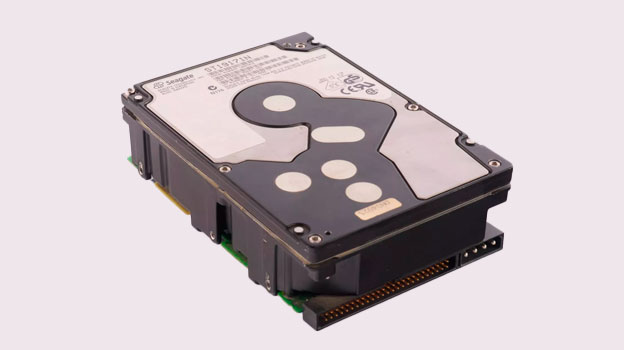
Regardless of how old or new a hard drive is, the basic technology behind the product is about the same. If logic was applied, it would only make sense that the older drives would be less expensive than newer ones. While there is some truth to that line of thinking, there are exceptions. However, the exceptions in the case of hard drives are nothing short of mind-boggling.
For example, an 4 GB ancient hard drive comes with a price tag of about $400. At the same time, a 20 TB new hard drive weighs in at roughly half of that price. Why would that be? Well, let’s take a closer look at the reasons behind the pricing of hard drives.
You may be somewhat shocked to discover that although there are a few possible factors that impact the pricing of hard drives, the main culprit is desperation. You read that correctly. Let me explain.
Data Recovery and Donor Hard Drives
In the world of data recovery, it is commonly known that some donor drives can cost an arm and a leg. The reasons for this vary but possibly the drive is extremely rare and is required for parts and happens to be so rare that availability is restricted to just a few places on the entire planet. This will make the price spike. Sadly, there are companies out there that know this happens and they build their business around that single factor.
Data recovery companies need donor hard drives and these companies supply them. The sticky part is when data recovery requires a “compatible” donor which requires matching various aspects of the drive being repaired. These aspects also vary and can range from the number of heads inside the drive and order of the heads in the drive to the version of the head stack preamplifier, head micro jog values, country the hard drive was manufactured, date the drive was manufactured, to several more details. You get the idea, matching often has to be very precise.
Only “donor drive” websites list all of this information.
Sites like Amazon or eBay do not provide an extensive list of specifications. As a result, the donor drive you are seeking from the latter sources would probably not be compatible.
The $400 price tag won’t be the highest price, either. You could end up spending over $1,000 for a hard drive that was manufactured in a small volume, in a country, like China. There are times when it is extremely difficult to find a donor drive that is just a few years old, but when we are talking about a hard drive from the 1990s, be prepared to invest some money. At the end of the day, the driving cost factor is… desperation.
Some Companies Are Still Stuck With Legacy Systems
An example of a legacy system is DOS. Some companies invested heavily in these systems back in the day and are either not willing to part with them, or not interested in paying vendors what amounts to blackmail to upgrade their systems. So…that means they must rely on parts to keep their systems operational until a better idea comes along that pushes them into the future.
The tough part is that if these components are in mint condition and have not been refurbished, they become highly sought after by third-party vendors. The older parts that used to cost a lot back when they were originally launched, such as an Ultra SCSI 8.1 GB HDD for somewhere between $300 and $500, are now required for ancient hard drives that have since been discontinued.
This means that if your system just supports a specific spectrum or family of drives, be prepared. You may not be able to find them anywhere. Or, if you do, the price tag is going to be about as much as it would cost you for the brand-new legacy system you are running.
Conclusion
Business is business, as the saying goes. This means that there is always someone somewhere willing to take advantage of anyone in a desperate situation. Hunting for the perfect donor drive is another situation where this also applies.
